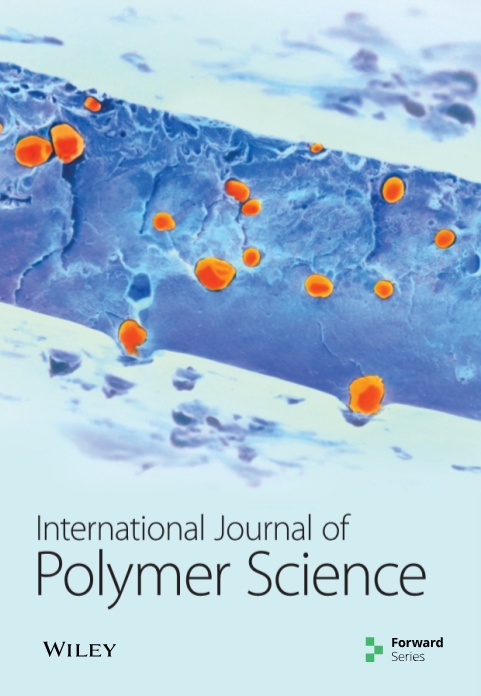Mechanical and Thermal Properties of Bamboo Fiber–Reinforced PLA Polymer Composites: A Critical Study
IF 4.4
4区 化学
Q2 POLYMER SCIENCE
引用次数: 13
Abstract
In the past few years, a new passion for the growth of biodegradable polymers based on elements derived from natural sources has been getting much attention. Natural fiber-based polymer matrix composites offer weight loss, reduction in cost and carbon dioxide emission, and recyclability. In addition, natural fiber composites have a minimal impact on the environment in regards to global warming, health, and pollution. Polylactic acid (PLA) is one of the best natural resource polymers available among biodegradable polymers. Natural fiber–reinforced PLA polymer composites have been extensively researched by polymer researchers to compete with conventional polymers. The type of fiber used plays a massive part in fiber and matrix bonds and, thereby, influences the composite’s mechanical properties and thermal properties. Among the various natural fibers, low density, high strength bamboo fibers (BF) have attracted attention. PLA and bamboo fiber composites play a vital character in an extensive range of structural and non-structural applications. This review briefly discussed on currently developed PLA-based natural bamboo fiber–reinforced polymer composites concentrating on the property affiliation of fibers. PLA polymer–reinforced natural bamboo fiber used to establish composite materials, various composite fabrication methods, various pretreatment methods on fibers, their effect on mechanical properties, as well as thermal properties and applications on different fields of such composites are discussed in this study. This review also presents a summary of the issues in the fabrication of natural fiber composites.竹纤维增强PLA聚合物复合材料的力学和热性能:关键研究
在过去的几年里,基于天然来源元素的可生物降解聚合物的发展受到了广泛关注。基于天然纤维的聚合物基复合材料具有减轻重量、降低成本和二氧化碳排放以及可回收性。此外,天然纤维复合材料在全球变暖、健康和污染方面对环境的影响最小。聚乳酸(PLA)是生物可降解聚合物中最好的天然资源聚合物之一。聚合物研究人员对天然纤维增强PLA聚合物复合材料进行了广泛的研究,以与传统聚合物竞争。所用纤维的类型在纤维和基体的结合中起着重要作用,从而影响复合材料的机械性能和热性能。在各种天然纤维中,低密度、高强度的竹纤维(BF)备受关注。PLA和竹纤维复合材料在广泛的结构和非结构应用中发挥着至关重要的作用。本文对目前开发的PLA基天然竹纤维增强聚合物复合材料进行了简要的综述,重点讨论了纤维的性能归属。本研究讨论了用于制备复合材料的聚乳酸聚合物增强天然竹纤维、各种复合材料的制备方法、纤维的各种预处理方法、它们对力学性能的影响以及热性能及其在不同领域的应用。本文还对天然纤维复合材料的制备问题进行了综述。
本文章由计算机程序翻译,如有差异,请以英文原文为准。
求助全文
约1分钟内获得全文
求助全文
来源期刊

International Journal of Polymer Science
POLYMER SCIENCE-
CiteScore
6.10
自引率
0.00%
发文量
55
审稿时长
>12 weeks
期刊介绍:
The International Journal of Polymer Science is a peer-reviewed, Open Access journal that publishes original research articles as well as review articles on the chemistry and physics of macromolecules.
 求助内容:
求助内容: 应助结果提醒方式:
应助结果提醒方式:


